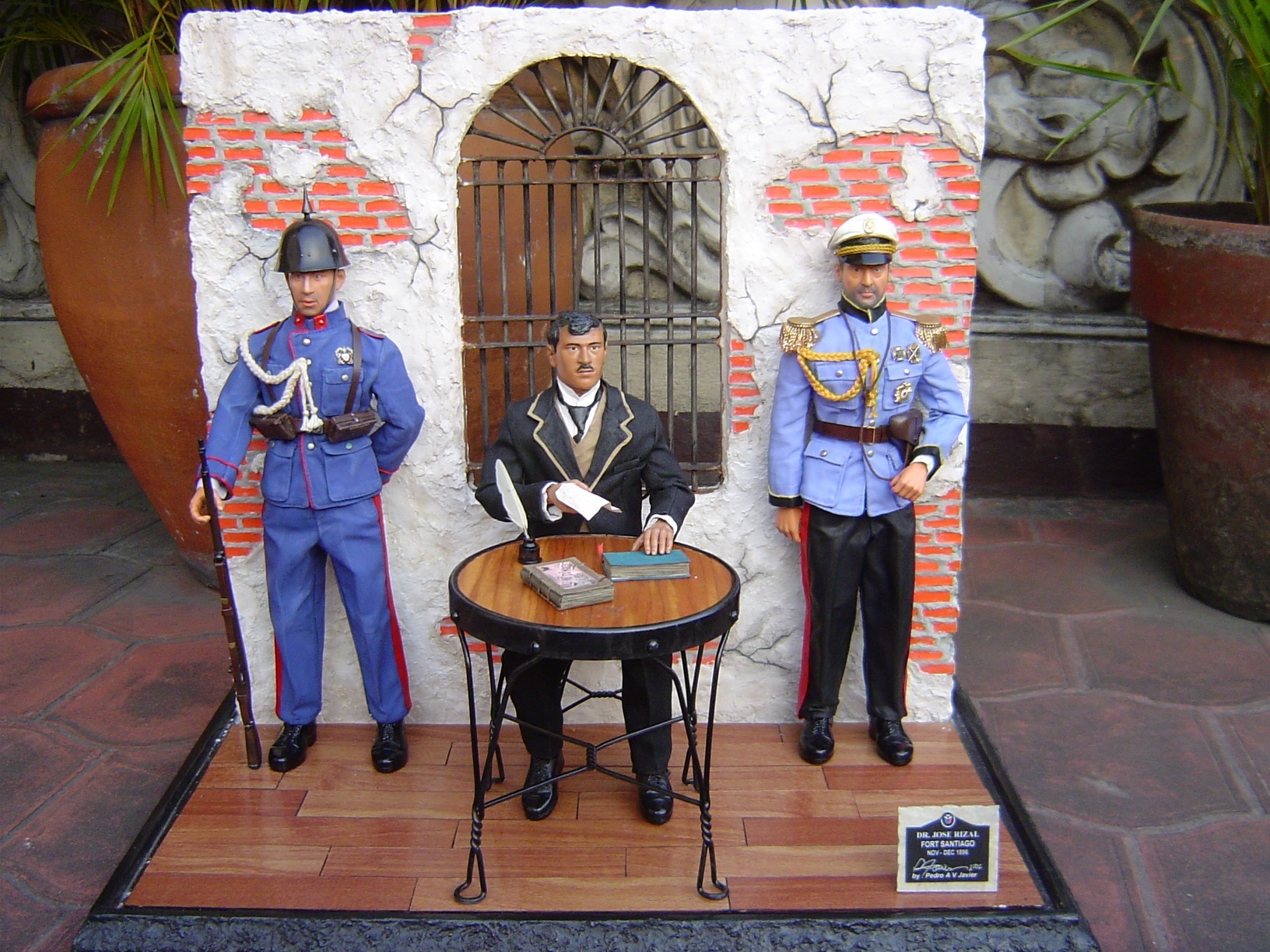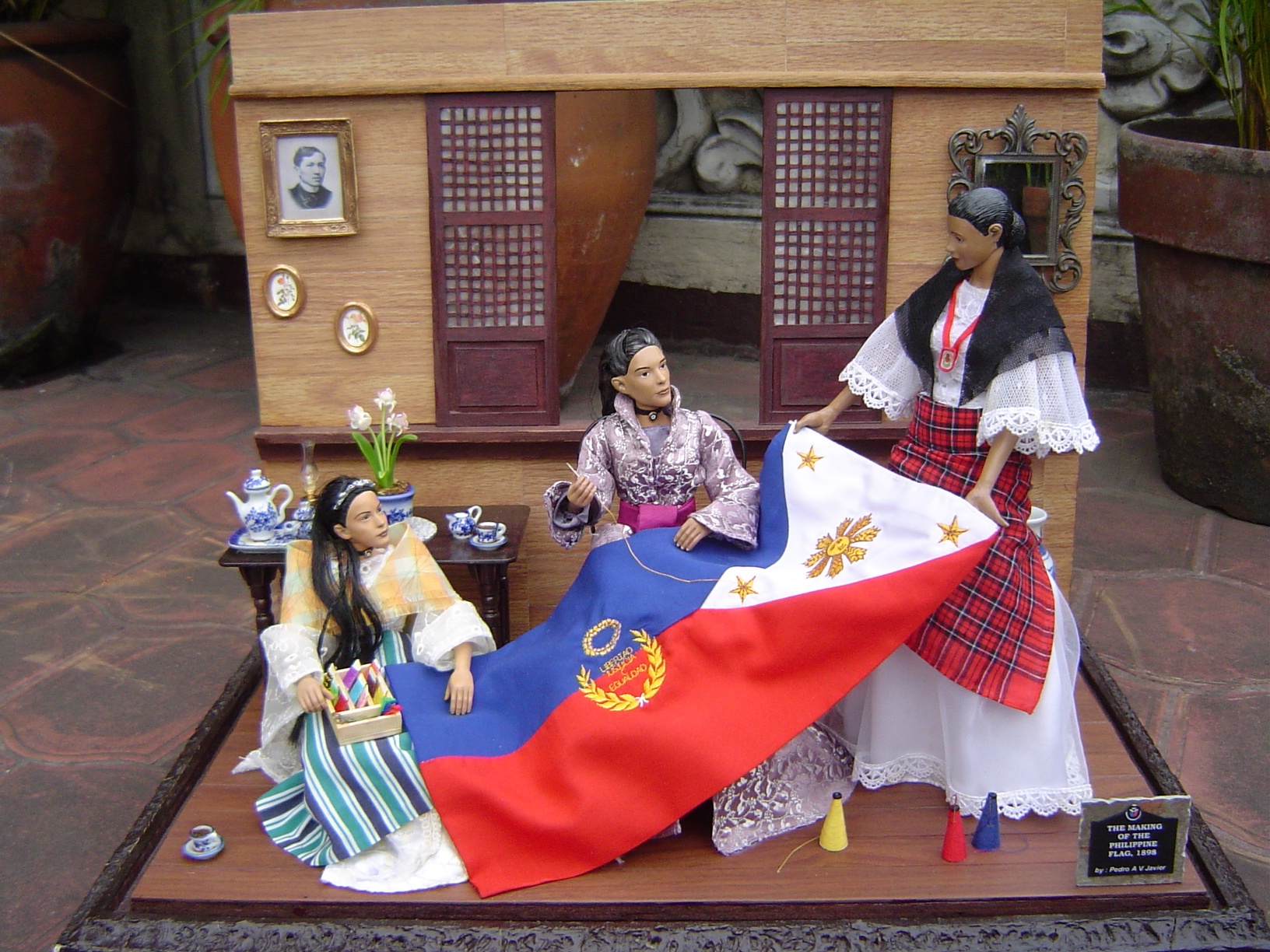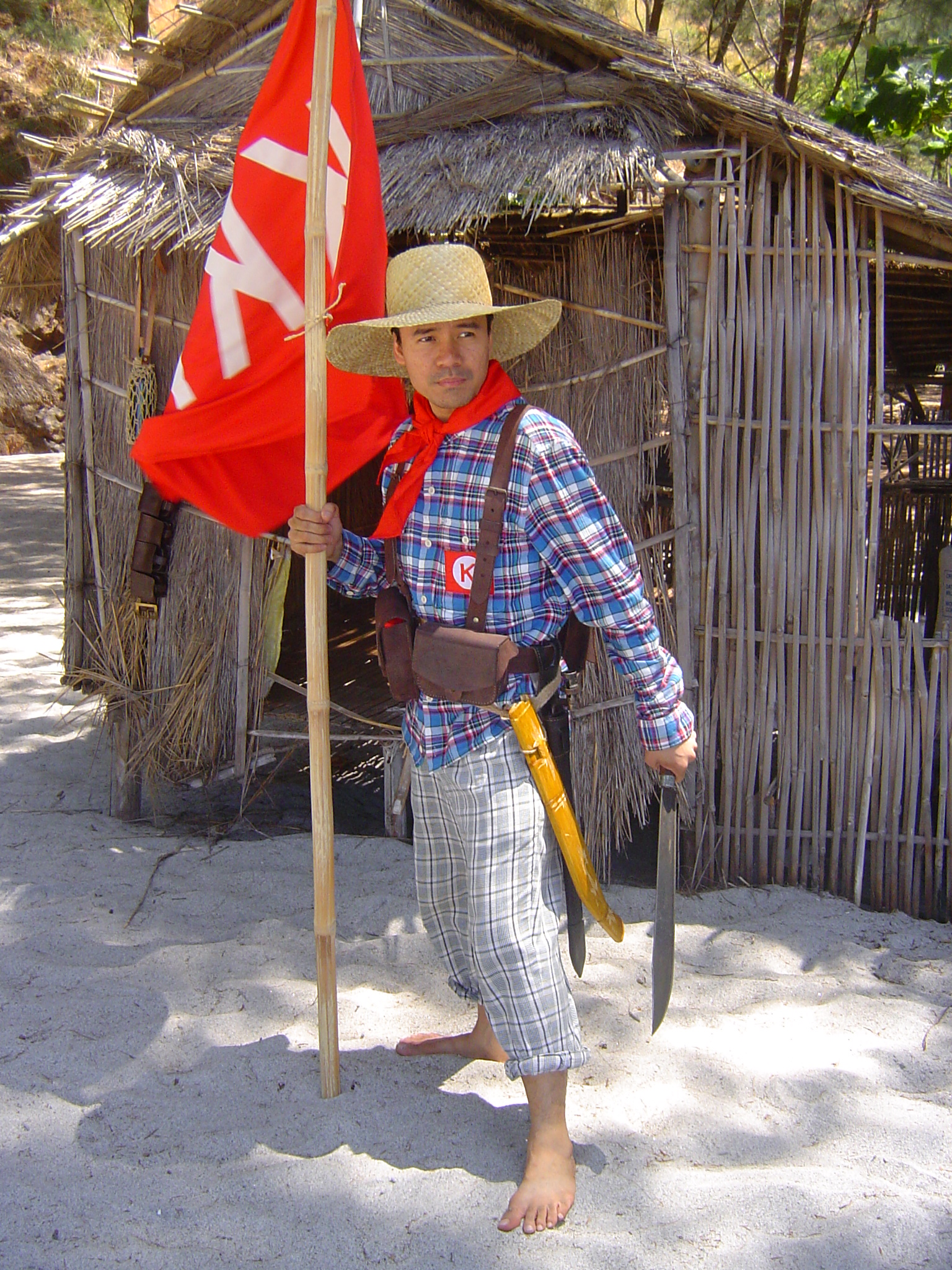Reenactor’s creed: No role, detail too small in PH heroism

A diorama of national hero Dr. Jose P. Rizal ( Contributed by Pedro Antonio Javier )
MANILA, Philippines — Pedro Antonio Javier once channeled Gen. Emilio Aguinaldo, showing up dressed in a neatly pressed rendition of a presidential uniform and a kepi.
At other events, he played the role of national hero Dr. Jose Rizal in a black overcoat, and of Padre Jose Burgos, acting out the priest’s final moments before being executed in 1872.
But Javier, 46, often preferred to play a barefoot Katipunan supply officer, a nameless freedom fighter in “rayadillo” and Baliwag (straw) hat, or an Ilocano soldier under the command of Gen. Manuel Tinio.
Once, he played Pvt. Bonifacio Mariano, a sniper of the elite “Tiradores de la Muerte” who wore dark blue military uniforms during the Philippine-American war.
Mariano was said to have shot dead US Army Gen. Henry Lawton in 1899, from a distance of 300 yards.
Article continues after this advertisement“The other [heroes] are already well-known. I wanted to play the role of the enlisted men, the common folks, so people would know about them, too, and their many victorious battles,” Javier said.
Article continues after this advertisementMore than cosplay
An electronics and communications engineer from Calamba City, Laguna, Javier said dressing in period costumes was a lot more than trendy cosplay (costume play), although both may have started in the Philippines around the same decade.
Historical reenactment hereabouts began around 2006, with a small group of hobbyists, scale-model collectors and history enthusiasts, he said.
Javier’s group, the Buhay na Kasaysayan (Living History), often gets invited by the Philippine Veterans Affairs Office (PVAO) or the Armed Forces of the Philippines for the commemoration of historic events such as the 1945 Battle of Bataan or the 1898 Independence Day Declaration.
“In the United States and Europe, [historical reenactment] has been around for some time already. That’s why they were able to preserve [and record the details] from … ancient battles and the Napoleonic wars,” he said.
Other countries even have catalogs of their war uniforms, according to Javier.
“[Philippine] historians are mostly focused on the events, the dates, but not much on what people wore [back then],” he observed. “Some think that as long as a Katipunero [character] is barefoot, that’s it.”
Javier, who was a consultant for Malacañang’s infographic on the early revolutionary Army uniforms (1898-1902), said he would feel frustrated whenever he saw a misplaced cuff or incorrect head gear in monuments and movies.
He shares no bloodline with any hero, but his fascination with military uniforms and the 1896 Philippine Revolution goes back to when he was a boy.

Javier’s rendition of the “The Making of the Philippine Flag” in a one sixth scale diorama. ( Contributed by Pedro Antonio Javier )
An artist by passion
As a 3-year-old, he said, he was so interested in military stuff that he would ask his grandfather and father to draw him toy soldiers.
Javier was in the sixth grade when he started doing scale models of war tanks in plastic. In high school, he collected 12-inch figures or mannequins when they became popular in hobby stores.
His parents didn’t want him to study fine arts in college. “They said there’s no money in art. So I guess I became an engineer by profession and an artist by passion,” he said.
Javier took a deep dive into research, poring over history books, old photos in museums, and paintings, and paying close attention to details from fabrics down to the epaulets (shoulder bars) and the ammunition pouches.
In 2001, after scouring shops in the cities of Marikina and Manila in search of fabrics, leather and other materials that could closely resemble the rayadillo, or the 19th-century uniforms, he started making a diorama of Filipino revolutionaries.
He has made eight dioramas—all in his home, which he also plans to turn into a museum.
His diorama “Kalayaan Hanggang Kamatayan” (Freedom till Death) won the People’s Choice Award in the 2004 International Plastic Modellers Society-Philippines competition.
It was based on a Carlos “Botong” Franciso painting and featured Andres Bonifacio in a detailed ensemble of Katipunero mannequins inspired by the 1896 Battle of Pinaglabanan.

Pedro Antonio Javier reenacts a Katipunan supply officer of the Magdiwang faction.
( Contributed by Pedro Antonio Javier )
Passing it on
Javier’s wife Arlene and 15-year-old son Alexavier Agilard sometimes tagged along with him in his reenactment gigs, themselves dressed as a 19th-century character and a young revolutionary.
But in the beginning, he said, his wife did not approve of what he was doing, so that he had to sneak out of the house with his costume in a bag.
Recalled Javier: “There was one event that I was caught on camera standing behind the [AFP] chief of staff while he was being interviewed. When the news was aired that night, I had to make up every excuse to block the TV [screen] so Arlene wouldn’t see.”
The COVID-19 pandemic not only banned gatherings and forced museums to temporarily close but also got in the way of historical reenactments, Javier said.
But it gave him the chance to finally complete in April a book project with the PVAO on the Philippine Army uniforms during World War II. A second volume focusing on war uniforms during the 1896 Revolution is being planned, but funds are still needed for it, he said.
“Sometimes I ask, ‘What’s in it for me?’” Javier said. “But I guess all I want is to pass this collection on, as a family heritage that promotes nationalism and heroism.” INQ